10+ Tips For Beautiful Rain Photography
Rain photography is a great way to show a scene in a more interesting way. Be it street, landscape, macro or product photography.
Texture, composition, reflections – our article will show you exactly how to take advantage of gloomy weather on a rainy day.

15. Use Juxtaposition for Unique Compositions
Juxtaposition is one of the best compositional rules out there. You place a subject next to another subject or in a scene that contradicts the original idea or message.
One way to show great rain photography is to place a subject in it that wouldn’t usually find its place there. Mixing rain and fire, for example, makes for a powerful and symbolic shot.
Our example mixes sports and falling rain. Most sports stop and get called off due to rain, so putting them together is unusual and makes for great subjects.

14. Shoot a Rain Covered Cityscape
Cityscapes don’t have to be picture perfect. You don’t always need a traditional correct exposure and usual composition. Here, you can use rain to your advantage in showing a different side of a city.
By using a rain covered window, you can show the city in an interesting manner. You don’t even need to go outside in the we weather for this!
In this example, the city is in the background and out of focus. The rooftops and buildings are not the main focus. Instead, the focus is on the water droplets.
Because of this close-up on the rain drops themselves, we get the impression of a city rather than fact.
It’s a great way to show a place through shape, colour and textures.
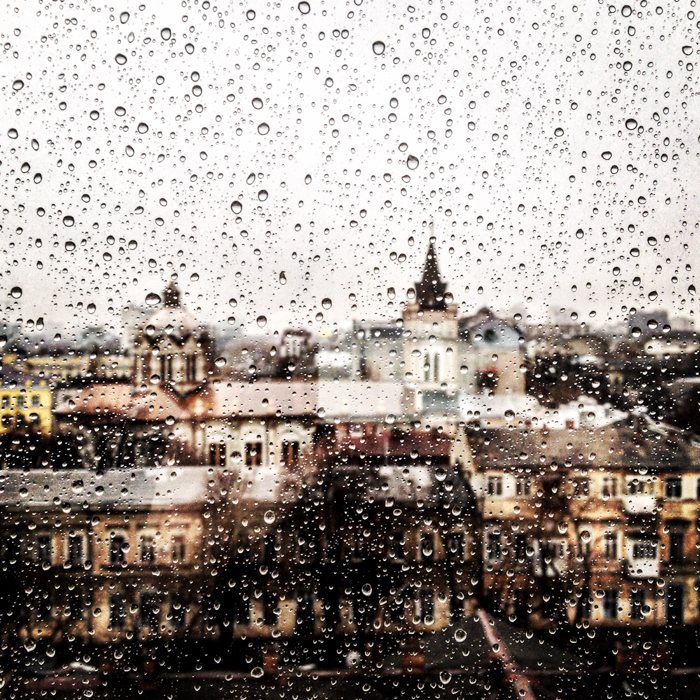
13. Create Fun Portraits With Umbrellas
Umbrellas add shape, form, colour, texture and size to a photo. On top of this, they also add the metaphysical idea of protection and safety from the rain falling all around.
Some of us might even relate to that time where that umbrella wielder poked us in the eye.
They can also become a natural frame for your subject. You can have an umbrella blocking unattractive areas in your scene, for example.
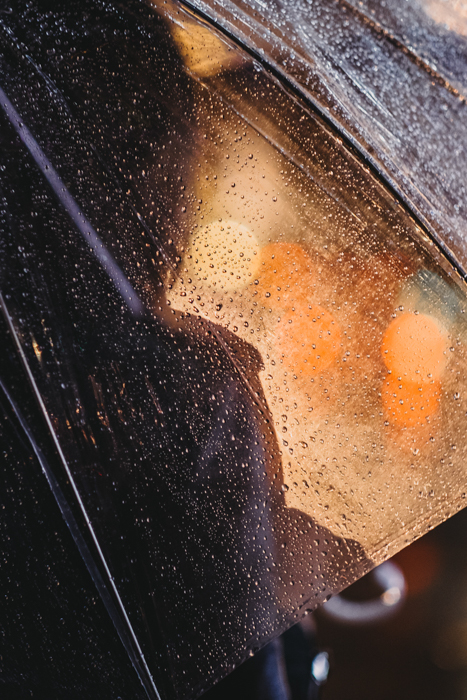
12. Use Raindrops in Macro Photography Backgrounds
Macro photography is already amazing, rain makes the story more interesting. It sets the scene, and adds texture to an otherwise drab background. It also places the insects or flowers in a tropical environment.
Macro photography involves very wide apertures. This means that the background will be completely out of focus. It might show colours but the rain adds texture.
Grab your macro lens and try it out. You might even find that some of the subjects in your scene react differently to the bad weather.
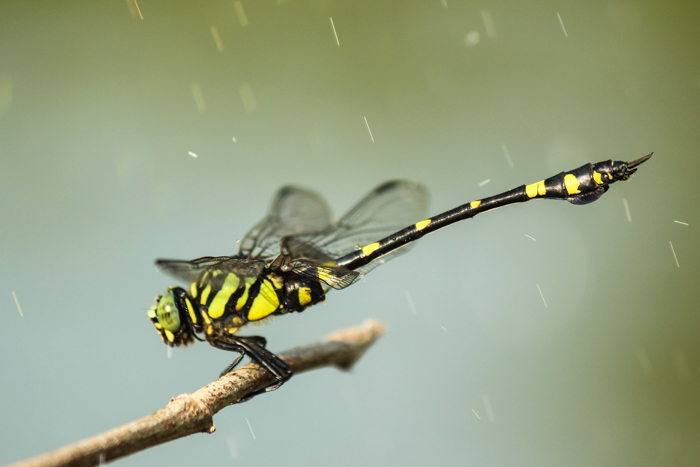
11. Create Unusual Setups for Product Photography
Product photography is all about real situations over those that feel too set-up.
Using rain brings powerful ideas and connotations to your products. They might be cosmetic items, refreshing drinks.
Rain and splashing water are perfect for a realistic, atmospheric setting.
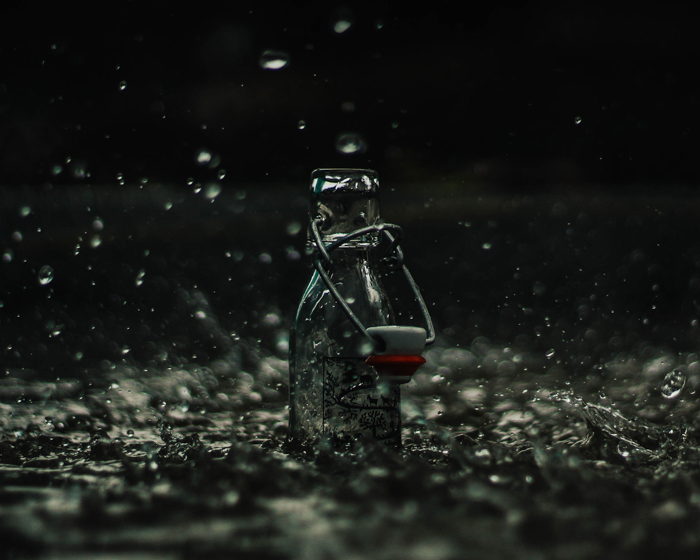
10. Try Reflections in an Upside Down Perspective
Changing your perspective has a great effect on your photography. It’s not only sought after. It’s also necessary to keep your images interesting and different.
Changing the placement of your camera can make a world of difference.
Rain is the perfect setting for a top down shot. Reflections in puddles will make the world look upside down.
Combine this technique with interesting shapes or colours.
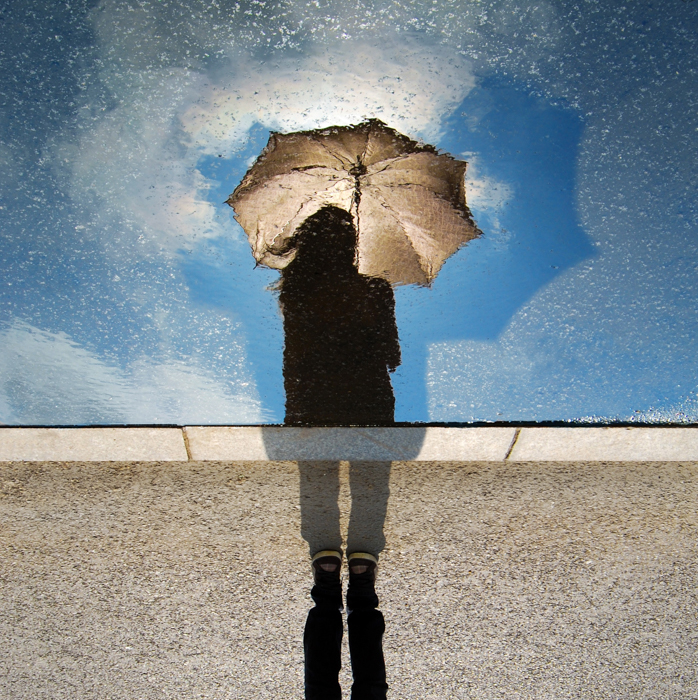
9. Use a Fast Shutter Speed to Freeze Raindrops
Rain moves so fast, it often appears as slight blurs in the shot. These dashes of light and texture act as secondary subjects.
But if you change your shutter speed, you can make them more important.
A long shutter speed allows you to create motion blur. By using a fast shutter speed, you are able to freeze any movement.
Falling water becomes heavier, almost glass like, with a defined shape and form.
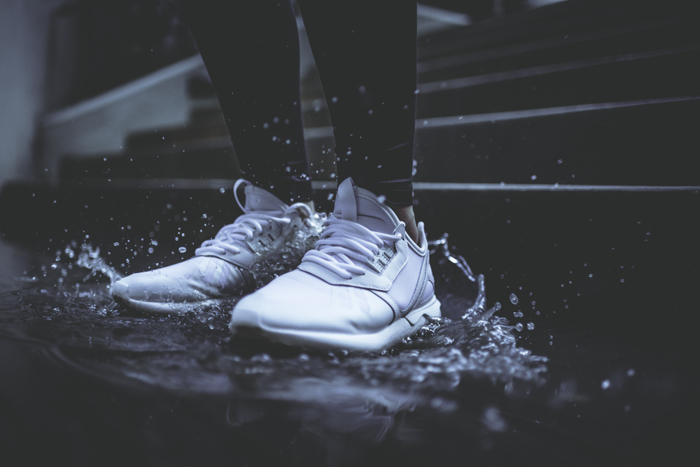
8. Unique Wedding Photography
Weddings can all look rather similar after a while. Day in and day out, each new photographer copies ideas that came before them.
After all, there’s only so many ways you can pose a happy couple. Right?
Wrong. By combining rain and shots of the couple, you can make something unique.
Take advantage of the romantic nature of rain for some sweet moments that your clients won’t forget anytime soon.

7. Reflections on the Ground
Rainfall that collects on sidewalks, streets and roads, creates reflections.
Don’t believe me? Then look at any Instagram feed about street photography. This is one of the most photographed topics out there.
The great thing about reflections is that you get to show two different sides of the same area. You get the texture and the human body in the foreground. Buildings, shapes and forms hang out in the background.
These are rarely perfect, as the puddles break up that reflected world. But this makes them even more interesting.

6. Flash & Freeze
A flash is a handy device to have in any photographic situation. And you might need some extra light with all the clouds and umbrellas everywhere.
Flashes can also help you freeze movement. Without a flash, falling rain is hardly noticeable. With one, you can make the raindrops stand out as the light reflects back towards the camera.
Their shape and form now sticks out, rather than vanishing into obscurity.
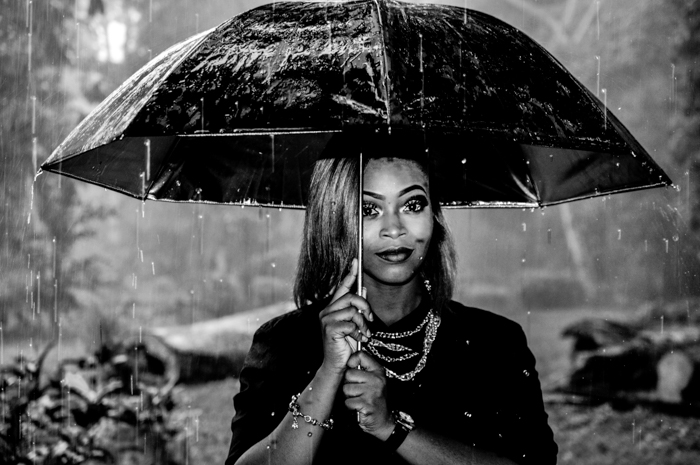
5. Give Abstract Photography a Try
Nothing screams abstract more than rain. We kind of know what we’re looking at, but not really.
Try photographing traffic lights through the raindrops on your car window. See what crazy interesting shapes you come up with.
You can place the focus anywhere you wish. By using a wide aperture, you allow a bokeh of light in the background. This mixes with interesting textures at the front of the shot.
You can turn this into a series or an exhibition or prints. Or you can sell it to companies via stock photography sites.
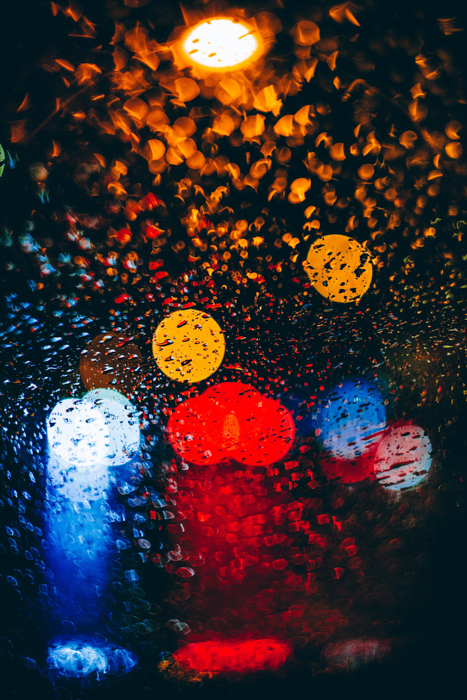
4. From the Outside In: Use Condensation for Creative Street Photos
If the weather is wet and cold outside, you can guarantee the temperature is warm inside. This brings condensation to anything glass covered.
This makes street photography a little bit more interesting. Now you have a milky scene of mystery in your shot.
You may get a soft focus on your subjects, you might keep their identity hidden. You can get amazing results of shape, form and colour.
Your subject may even leave you little impressions or messages. These feed into a personality, adding even more mystery and intrigue.

3. Moody Scene
Rain can have a moody effect on your image. It will depend on the colours, textures, lighting and angle of your scene.
Not all rain clouds are dark, but the ones that are, make you feel like the apocalypse is on the horizon.
Use this idea to your advantage. Look for areas in your scene that can affect your shot in emphasising the moodiness.
Include people. Their reactions can also impact the weight of the weather and oncoming rain.
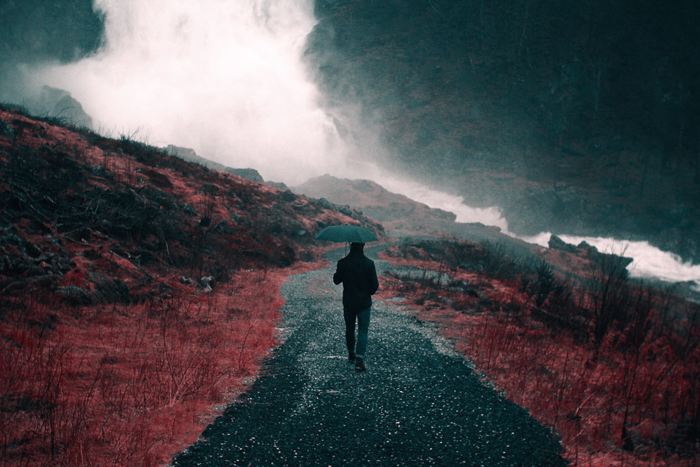
2. Incorporate Shapes and Forms for Unusual Composition
Shapes and forms are two of the simplest yet most important composition tools. Like abstract rain photography, you don’t need to show the rain as factual.
Looking at the scene in a different light or from a different perspective can turn into something creative.
Get closer to the raindrops to change the idea around them. Get them to fill more of the frame, and you’ll find that they will provide you with interesting shapes and forms.
Use this to your advantage by looking at the rain in different ways.
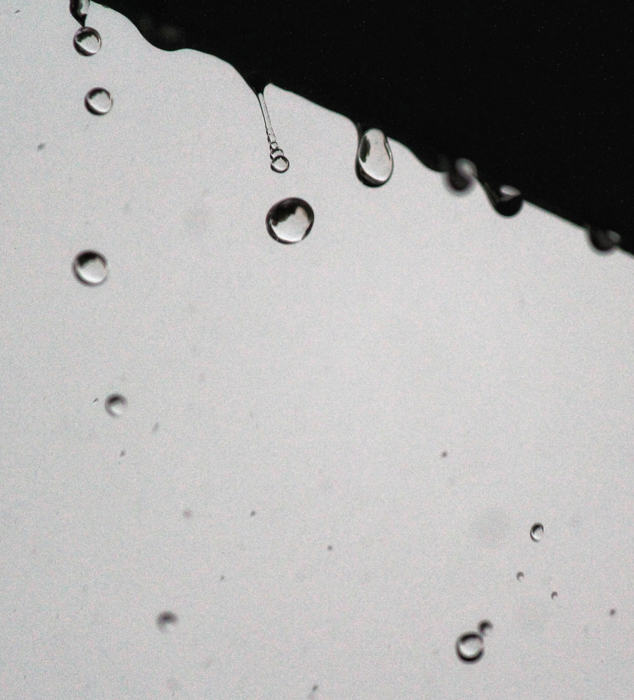
1. Go Chase That Storm
If there’s anything we at Expert Photography recommend, it’s running head first towards huge downpours with all your gear in tow.
Properly prepared and with all you need to keep both you and your digital cameras safe and protected, though.
In all seriousness, if you see adverse weather coming your way, don’t avoid it. Too many photographers prefer to stay indoors. But extreme weather provides a wealth of photographic opportunities.
Dark clouds add moodiness, rain adds nostalgia. Together, they make for some striking images.
You might get that unique shot you need to add to your portfolio.
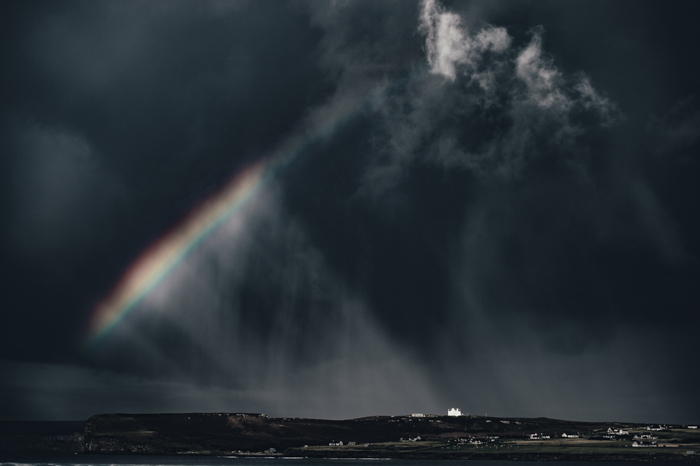
There you go, 15 tips for rain photography. Next time there’s a downpour, don’t hide indoors with your camera gathering dust on your desk. Grab it and go have some fun.
Don’t forget to keep your camera dry. Bring your lens hood, a rain cover for your camera gear and camera bag (a plastic bag works in a pinch!) and a good storm jacket.
For more creative photo inspiration, check out our articles about shooting dragonfly or rainbow photography next!
Want More? Try Our Lightroom Processing Course
Do you know how to use Lightroom to bring out the details hidden inside your images?
Lightroom is a great program, but with countless sliders and tools… it’s hard to know how (and when) to use each of them.
That’s why we’ve created the most complete and up-to-date training on Lightroom.
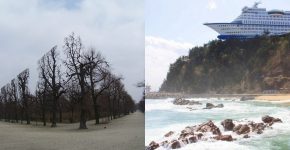
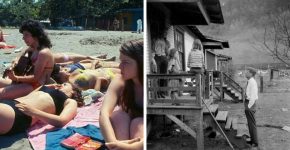
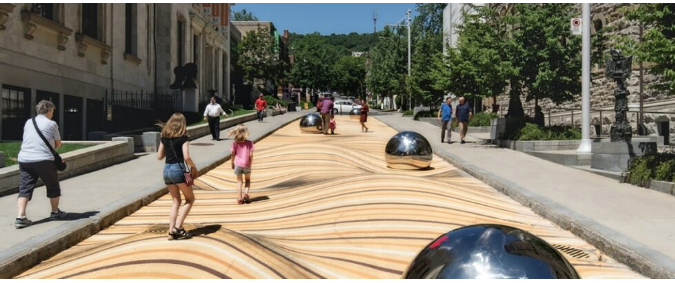
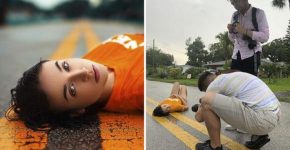
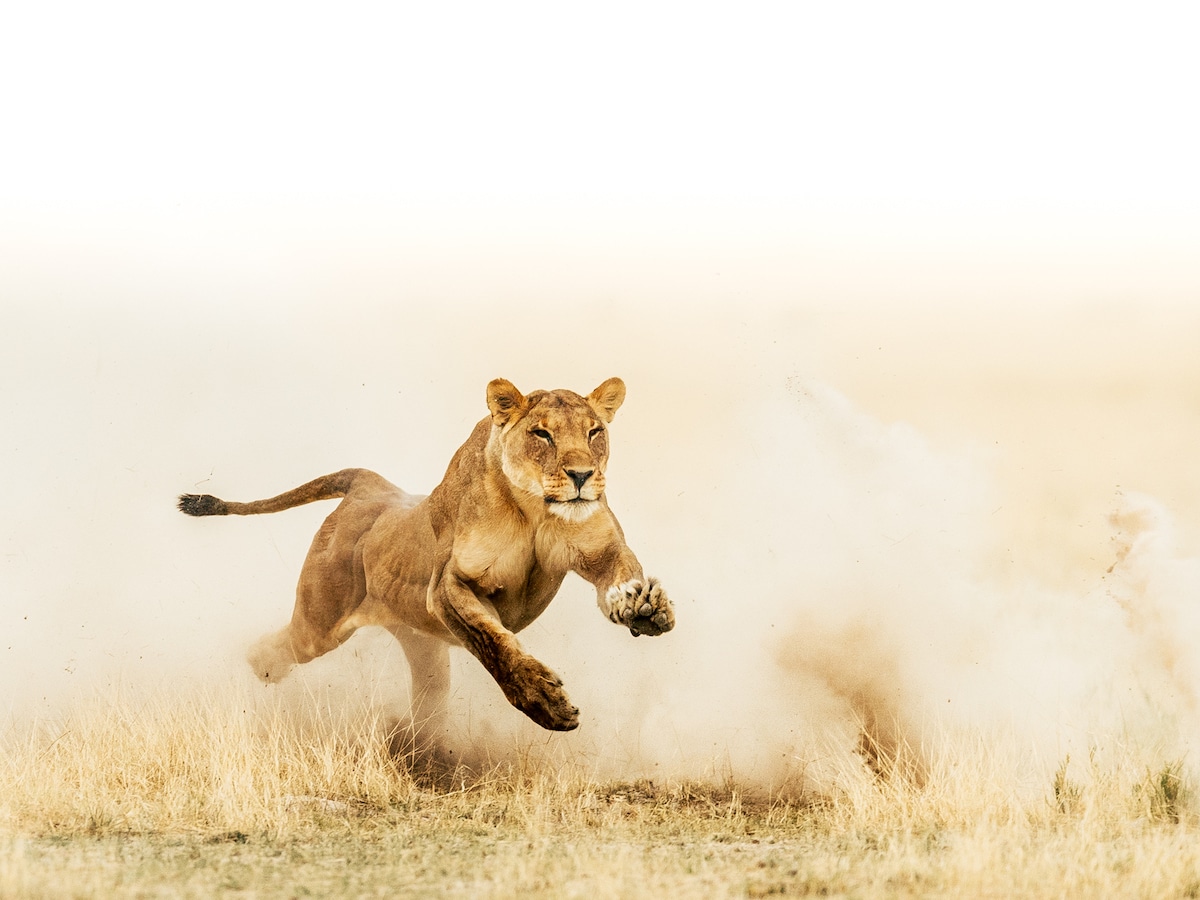
I think you have remarked some very interesting points, thankyou for the post.